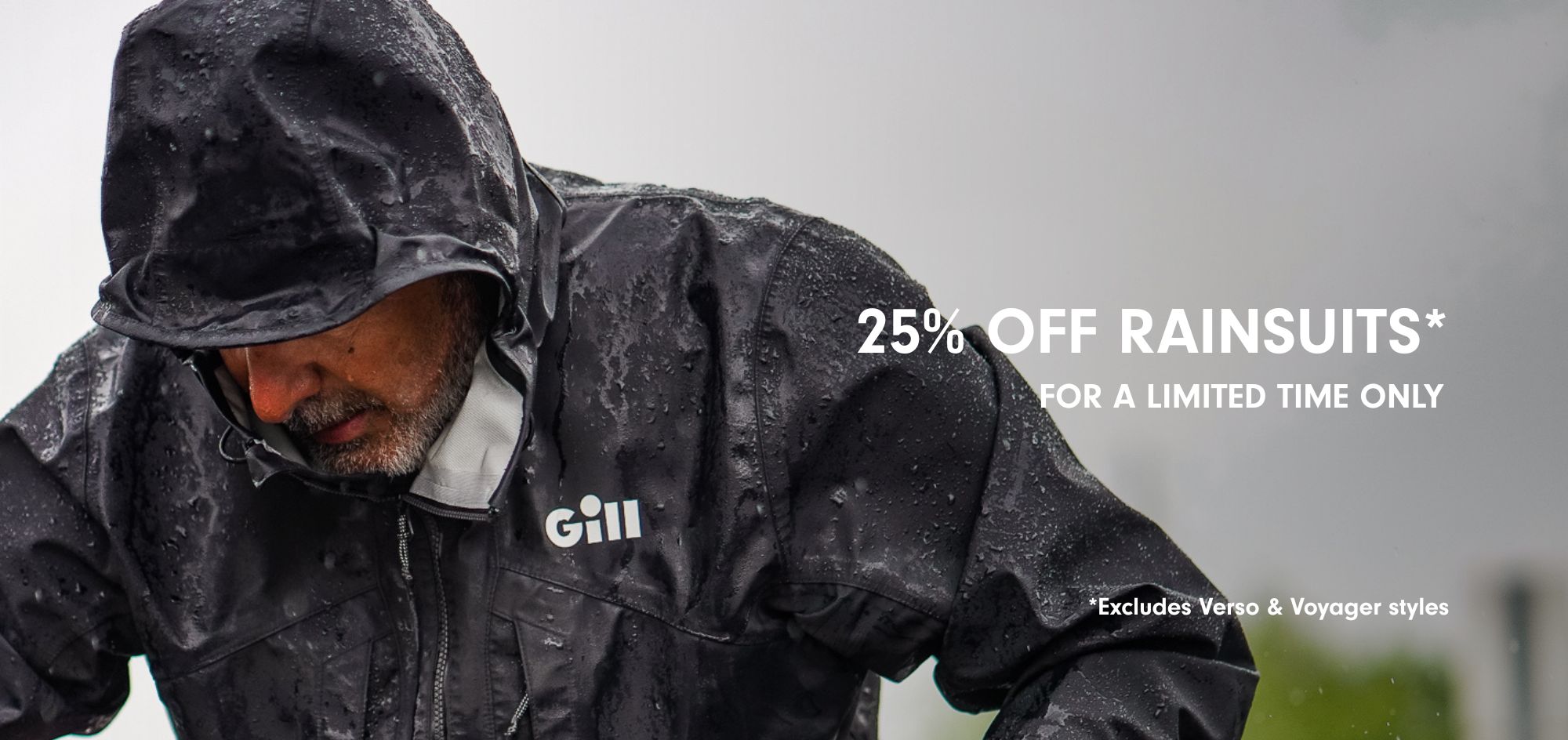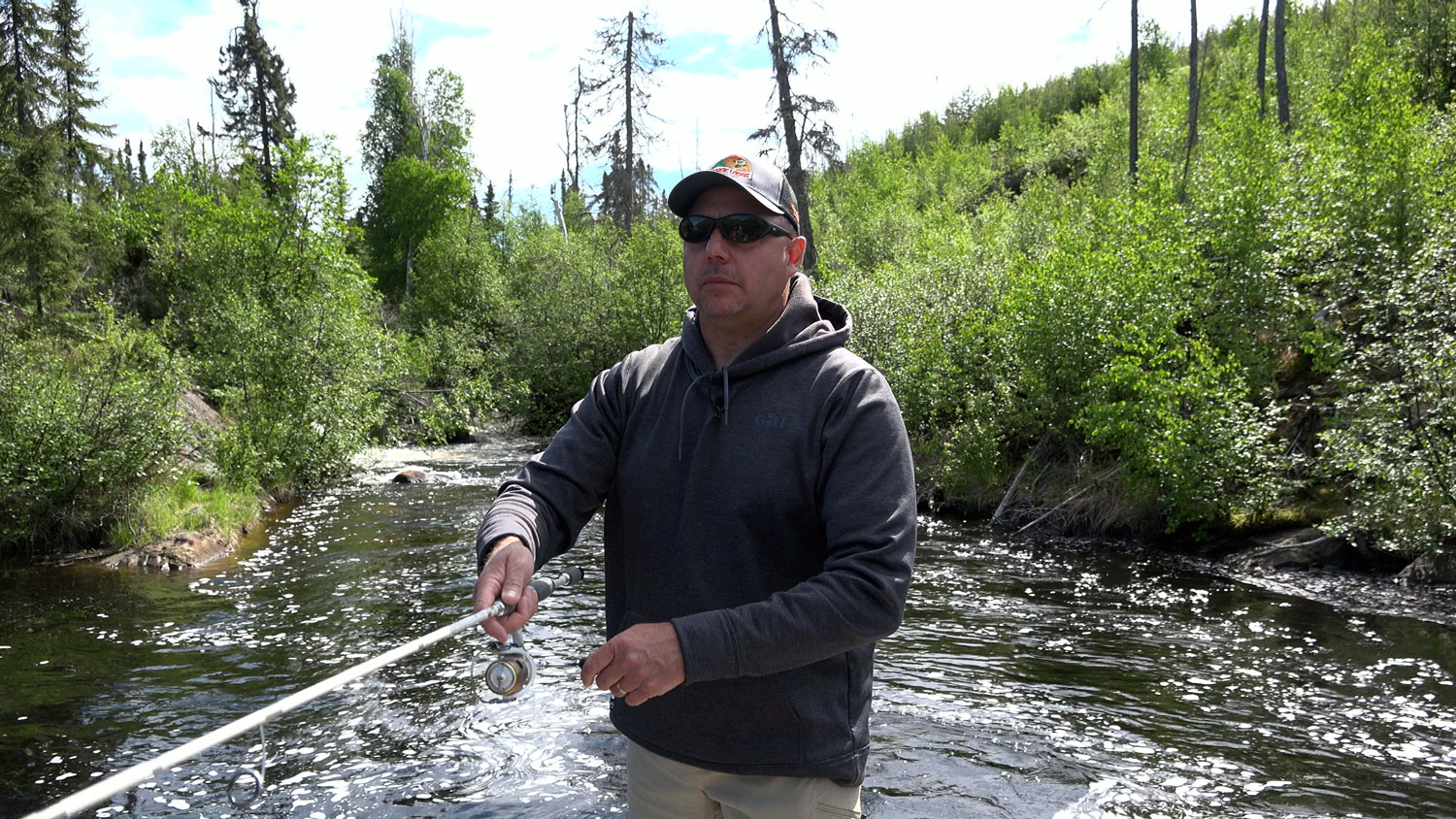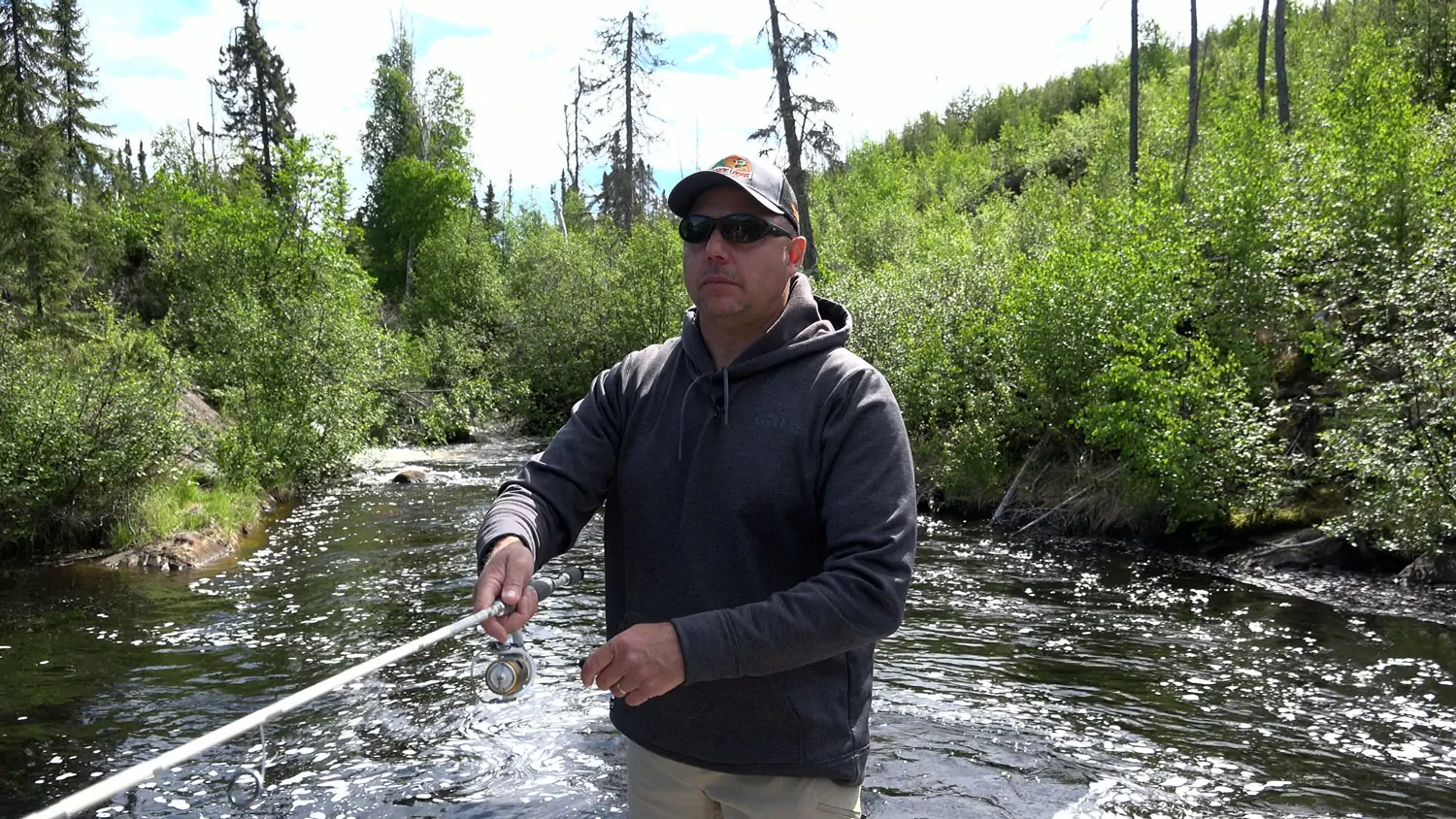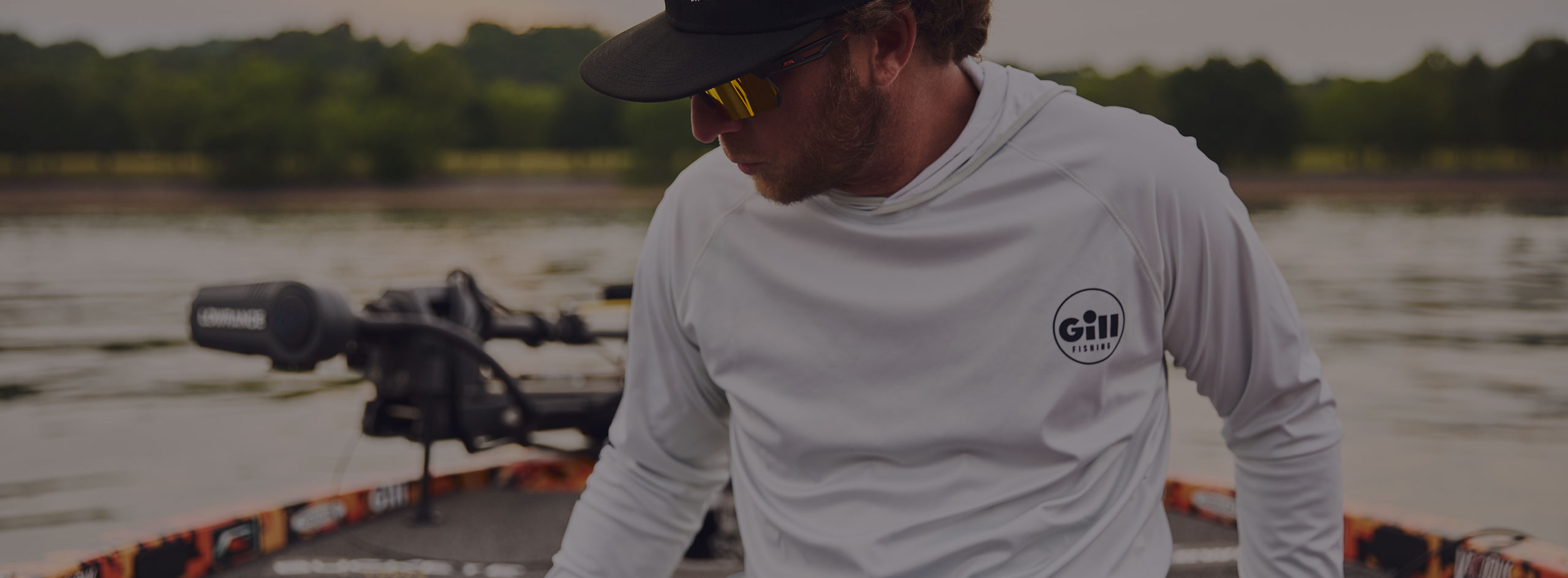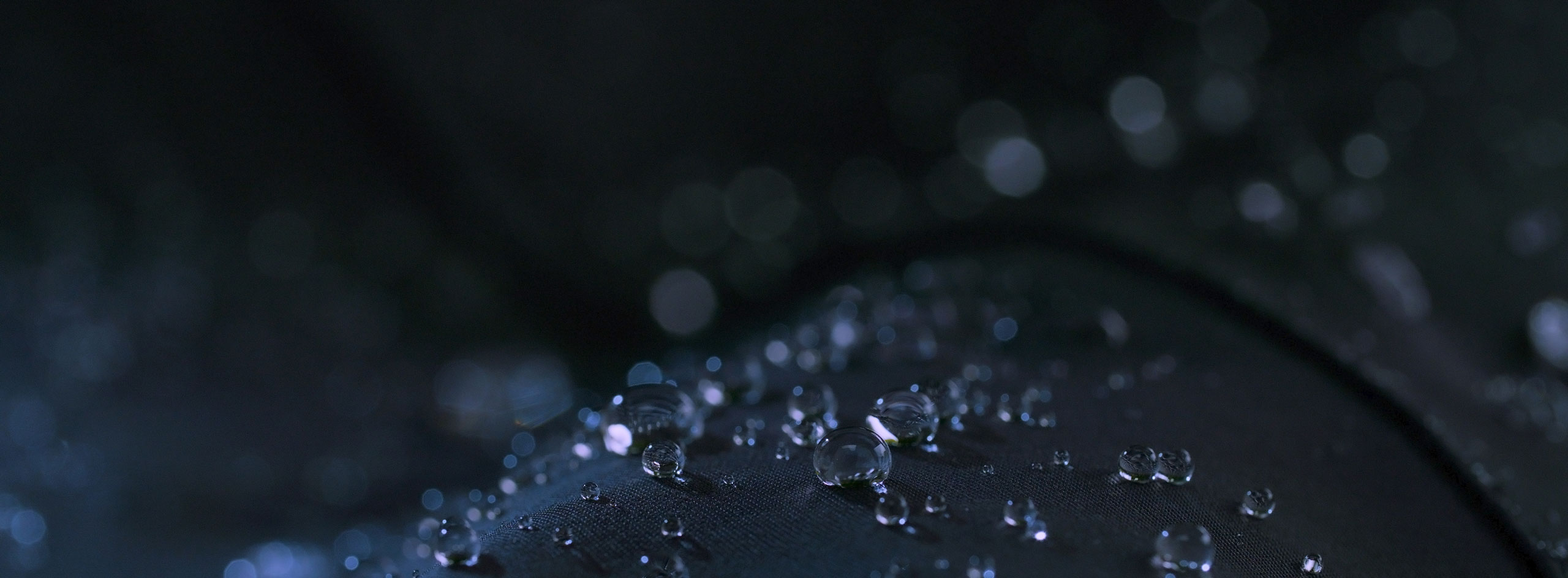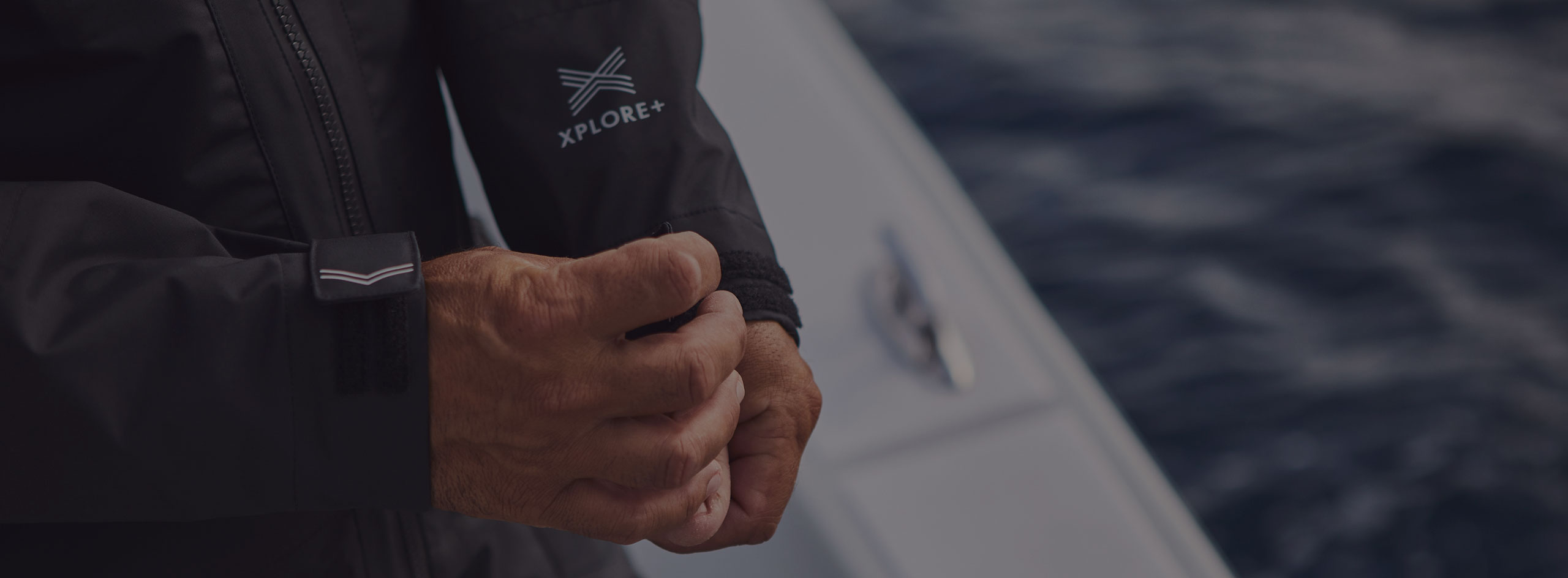Gill Fishing pro-staffer Wes David earns a living catching walleye. He explains how to catch big walleye featuring tactics during every part of the year.
Black bass rule American freshwater fishing, as these aggressive fighters can be found in small ponds, rivers and reservoirs in nearly every state. But in the northern communities blessed with walleye, fishing for them is a way of life.
Anglers prize walleye as both a game fish and table fare. If a world class fish fry isn’t enough motivation, the walleye tournament trail is competitive and lucrative, as evidenced by the high-profile cheating scandal that saw two anglers stuff weights in the throats of walleye in an attempt to win a $30,000 prize.
Walleye populations are abundant in many lakes and rivers, but catching them isn’t always easy. To help our readers learn how to catch big walleye, Gill Fishing spoke with pro-staffer Wes David, walleye-fishing fanatic and host and producer of Fishing the Wild West TV. David has a lifetime of experience catching walleye, and his tips can be used to catch big walleye in both Canada and the United States.
Early season: Find the rocks
In the Canadian waters where David spends most of his time, walleye fishing is closed during the spawn. By the time the fishery opens in early spring, the fish have transitioned into a post-spawn pattern. To find fish, David starts in the walleye’s rocky spawning grounds, where male fish will remain in the hopes of finding one last mate.
“I’ll use my electronics to find rocky areas, anything from gravel to softball size rocks,” David says. “Once they spawn, females move out right away, but you’ll still hook into males, which are smaller fish that are aggressive and territorial. Once I find an aggregate of males, I’ll move into deeper water adjacent to the spawning grounds, in about 15 to 18 feet, where the big females will be resting on the bottom recovering from the long winter and spawn.”
Once he finds the big females, he’ll switch to a slower, vertical jigging presentation, which is his favorite way to consistently catch big fish. “Basically, I’m ice fishing them,” David says.
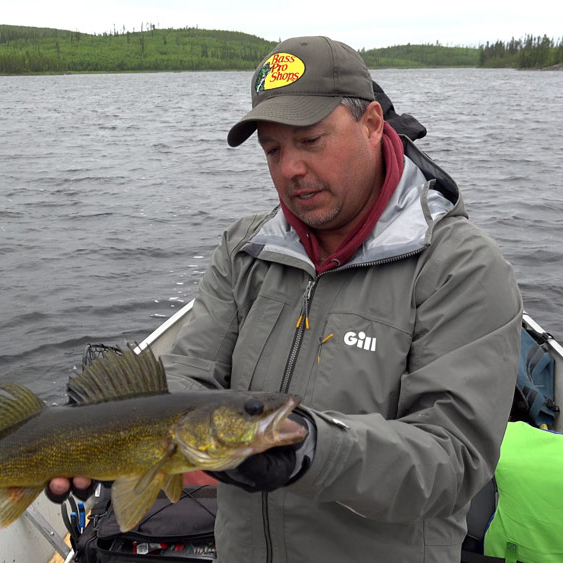
Spring-to-summer transition: Structure is king
As the warm continues to warm, males will leave the spawning grounds, and females will begin aggressively feeding as they transition to their early summer locations. During this phase, David will search for fish by bottom bouncing with nightcrawlers, frozen minnows, or leaches. When he starts catching bigger fish, he’ll concentrate on that area and begin vertical jigging.
“When I find the bite, it’s always around some sort of structure,” David says. “It could be a big boulder, it could be wood, it could be a transition from sand to gravel. If something is different, that’s what’s holding the walleye.”
If fishing is slow, he’ll switch from a bottom bouncer to a lindy rig, which delivers a more subtle presentation. He’ll continue fine tuning his presentation with different baits and presentation speeds until he starts catching fish.
“Electronics will tell you where the fish are, but the fish will tell you what they want to eat,” David says. “When fish are in a negative or neutral feeding mood, I believe they’re more willing to snack than to eat a big meal. When that happens, switching to a more subtle presentation and changing the presentation will convince them to eat.”
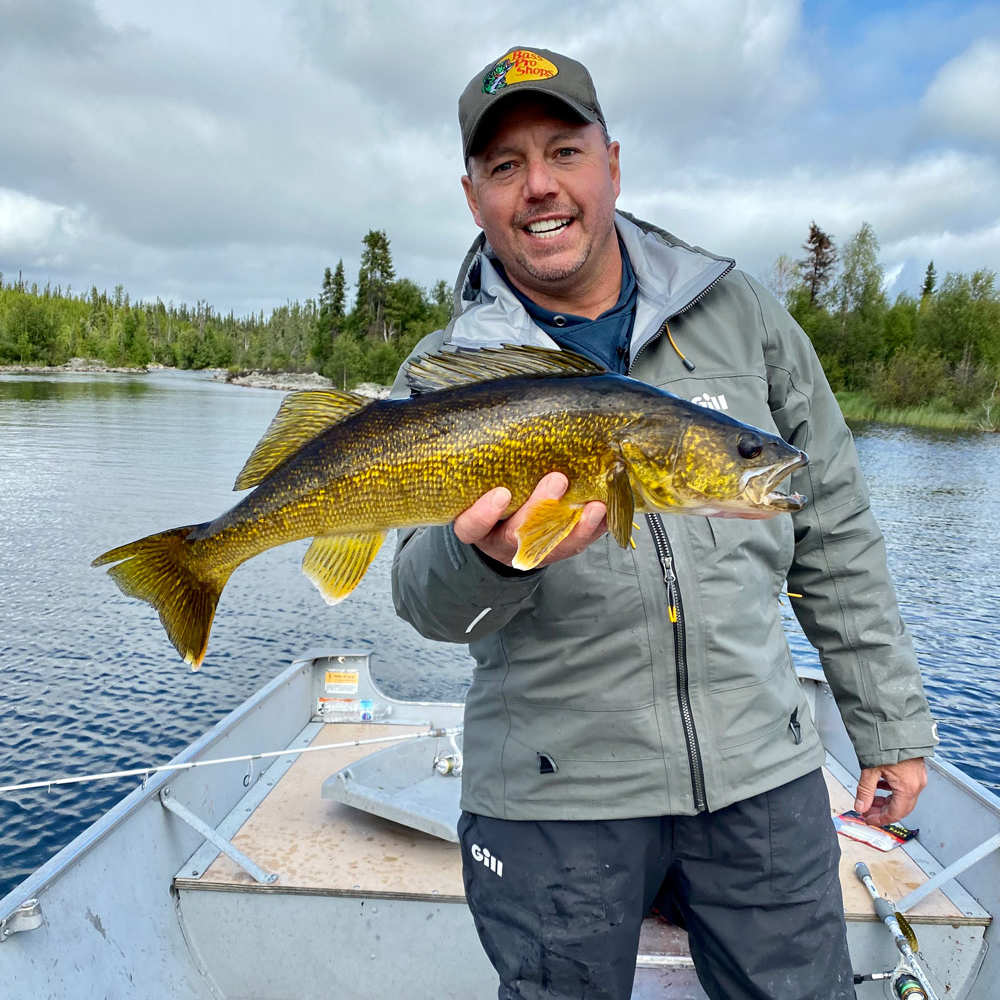
Dog days of summer: Go deep
As the water gets warmer, walleye will seek cooler water by going deep. Summer fishing can be tough, but David says you can still find ways to make them bite.
“They will be in the deeper, cooler water, and northern pike will be doing the same,” David says. “I fish waters as deep as 30 feet. I don’t like to fish for them any deeper, because dragging them up from deeper water can be tough on the fish.”
Fish will likely be in a negative or neutral feeding mood, so David uses a slow vertical jigging presentation. Small details can make a big difference during this stage. David uses fluorocarbon leader to make his rigs more stealthy and adds scent to baits to give fish one more reason to eat. These lethargic fish will often short-strike bigger baits, so David also recommends using a stinger rig in waters where they’re legal.
“If anyone has ever fished walleye, you’ve experienced feeling the weight of the fish, setting the hook, and coming up with half a bait. The stinger rig puts an extra hook on the back half of the bait, which increases your hookup rate.”
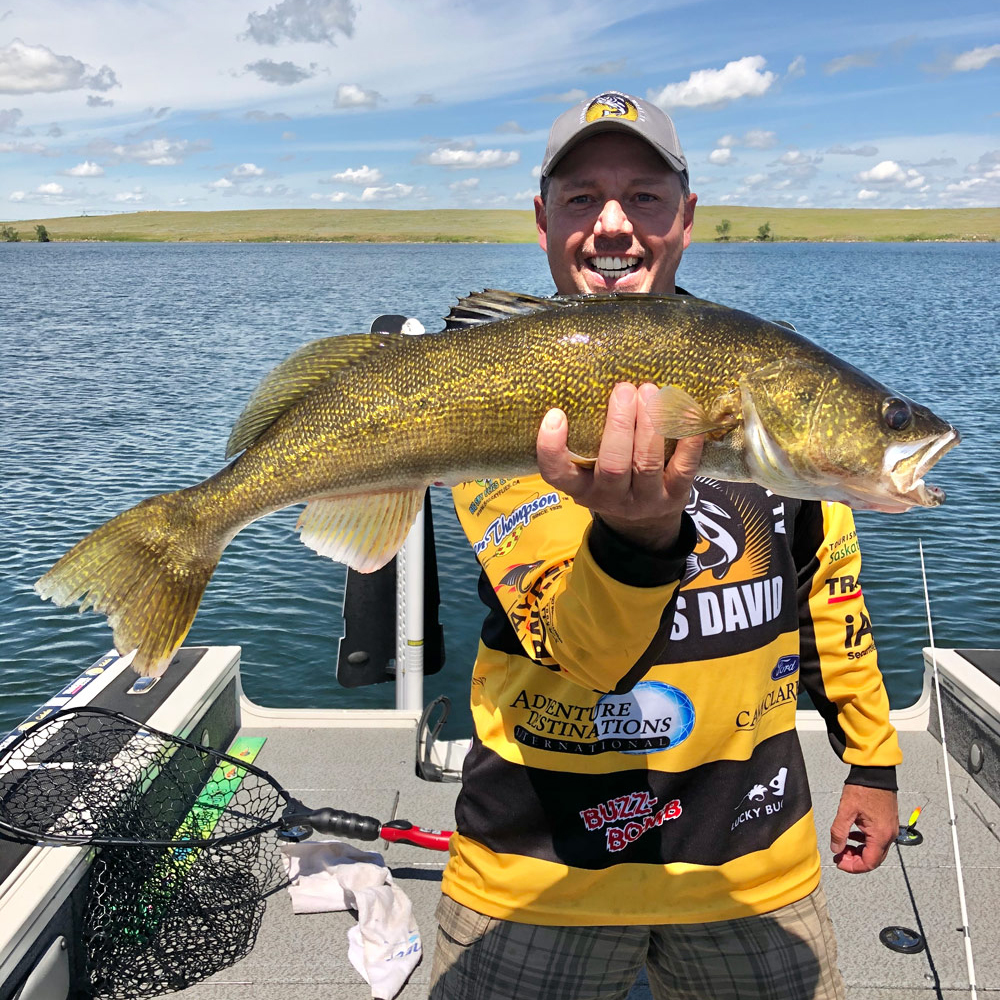
Fall: Best fishing of the year
The cooling waters and shorter days of fall trigger an instinctual drive to feed in most fish. The future holds tougher living conditions, and walleye will eat as much as they can to pack on the extra weight that will help them survive the lean times of winter.
“Fall is my favorite to be on the water. It’s not only the best time catch a lot of walleye, but some of your biggest walleye of the year, too. They’ve had all summer to feed, and now they’re really topping off their reserves,” David says.
During the fall, a walleye angler can do no wrong, David says. Anglers can fish crank baits, bottom bounce, vertical jig, and cast jigs. David will focus on rocks and any remaining vegetation near the shoreline.
“Walleye are coming out from deeper water into shallower water. The weeds are dying in the deeper water, but you still have vegetation in shallow water. Minnows, perch and all the other baits they’re preying on are staying close to rocks and vegetation, so that’s where you’ll find the walleye.”

Gill Fishing works with pro anglers across the country who specialize in every type of fishing, from catching pelagics in the blue water to jigging pike through ice. If you’d like more fishing tips and expertise from our pros delivered straight to your inbox — you can subscribe to Gill Fishing’s newsletter.
